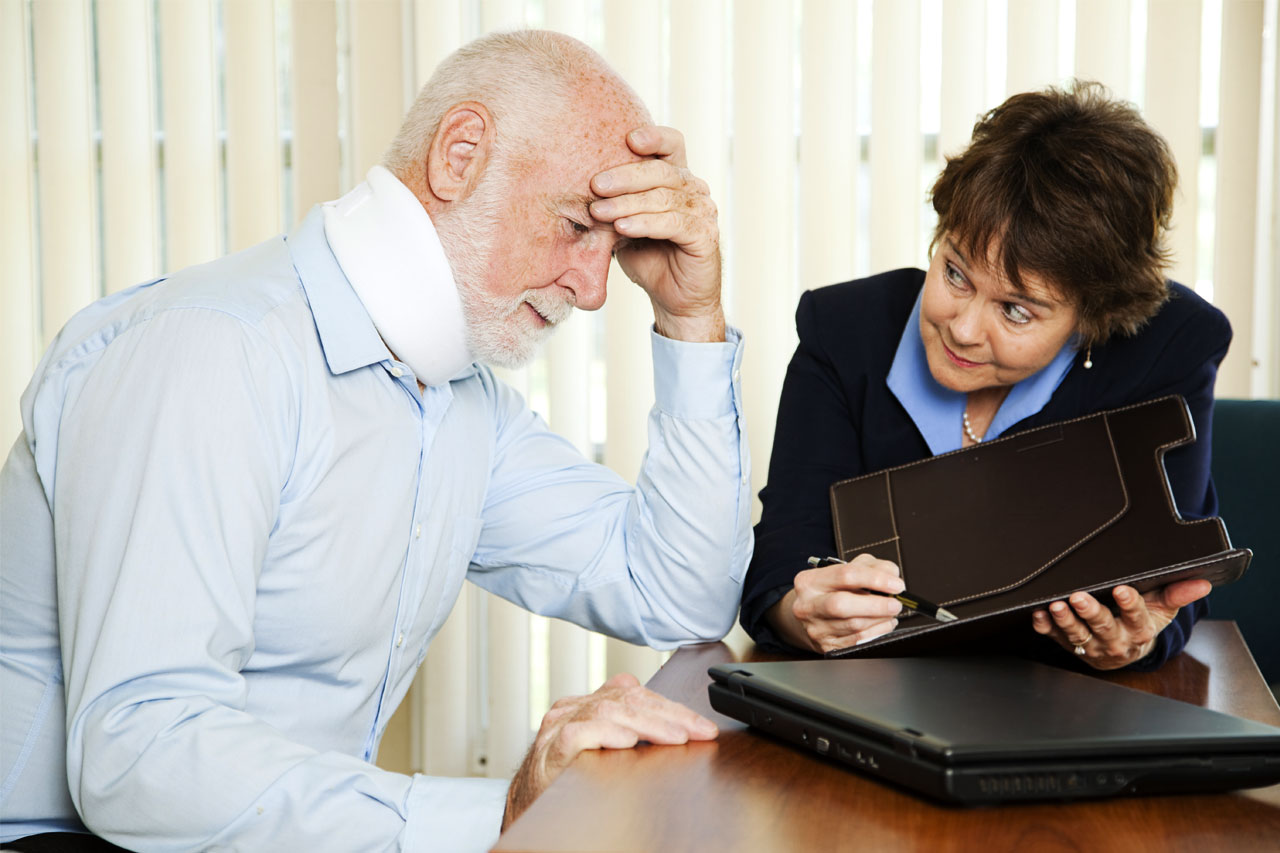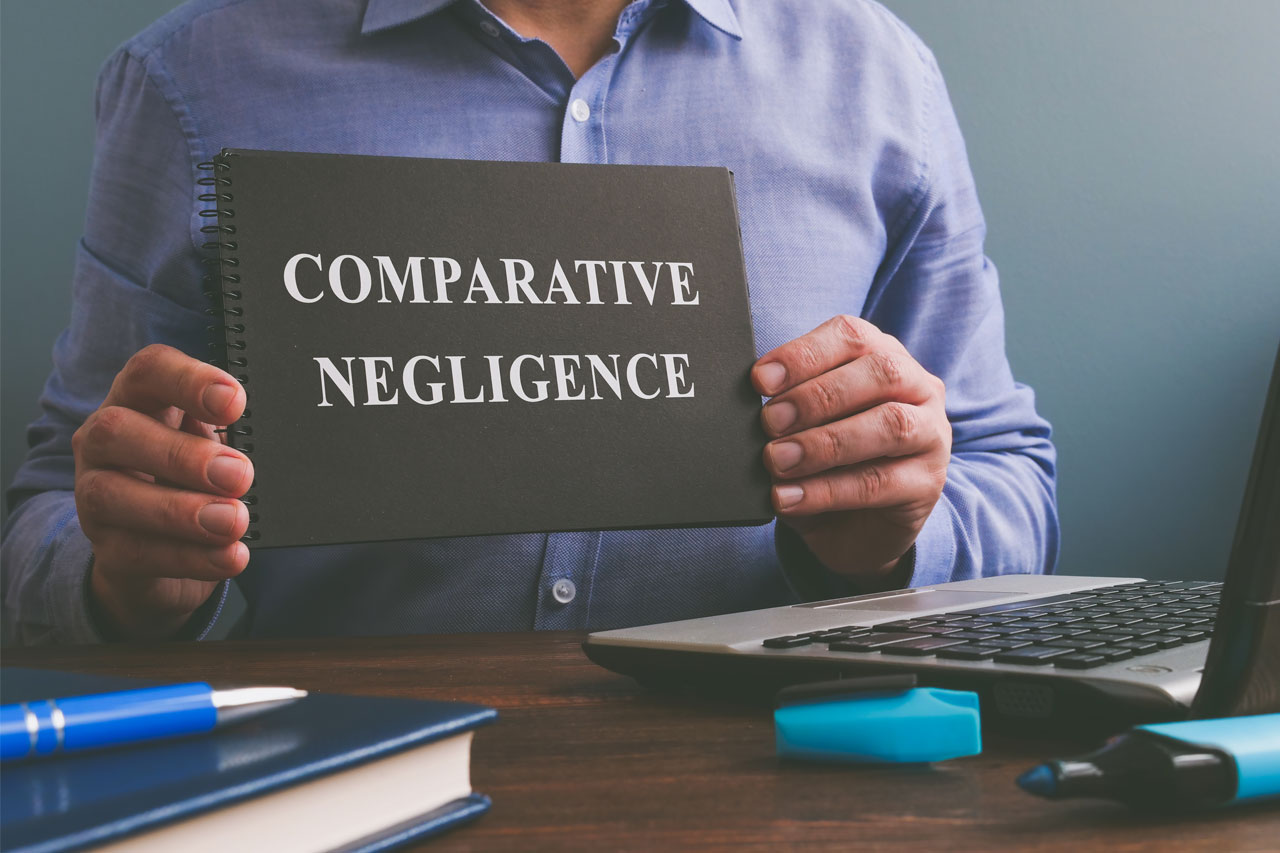Introduction:
In the aftermath of an accident, documenting evidence is crucial for building a strong case, whether for insurance claims or legal proceedings. This comprehensive guide provides valuable tips on how to effectively document evidence to support your case and protect your rights.
1. Ensure Personal Safety First:
Before documenting any evidence, prioritize your safety and the safety of others involved in the accident. If it’s safe to do so, move to a secure location away from potential hazards.
2. Call for Emergency Assistance:
In the case of injuries or significant property damage, call emergency services immediately. Prompt medical attention and police involvement will contribute to an official record of the incident.
3. Capture the Scene:
Take wide-angle photographs and videos of the accident scene. Include multiple angles to provide a comprehensive view. Document any skid marks, traffic signals, weather conditions, and road signs.
4. Photograph Vehicle Damage:
Capture detailed images of damage to all vehicles involved. Focus on license plates, vehicle identification numbers (VIN), and any distinguishing features. These visuals are critical for insurance assessments and legal claims.
5. Identify Witnesses:
Collect contact information from any witnesses at the scene. Eyewitness accounts can be valuable in corroborating your version of events.
6. Record Statements:
If it’s safe and appropriate, record statements from involved parties and witnesses. These recordings can serve as additional evidence to support your case.
7. Document Injuries:
If you’ve sustained injuries, document them thoroughly. Take photographs at different stages of your recovery, keep medical records, and note any related expenses.
8. Preserve Physical Evidence:
Keep any physical evidence from the scene, such as damaged clothing or personal items. These can serve as tangible proof of the severity of the accident.
9. Collect Official Reports:
Obtain a copy of the police report and any other official documents related to the accident. These reports can provide essential details and establish an official record of the incident.
10. Seek Medical Attention:
Even if injuries seem minor initially, seek medical attention promptly. Medical records are crucial evidence for connecting injuries to the accident.
11. Keep a Detailed Journal:
Maintain a detailed journal documenting your experiences, pain levels, and the impact of the accident on your daily life. This personal account can provide context and strengthen your case.
12. Secure Surveillance Footage:
If the accident occurred in an area with surveillance cameras, contact businesses or authorities to secure footage. This can serve as additional evidence of the events leading up to the accident.
Conclusion:
Effective evidence documentation can significantly impact the outcome of your case. By following these tips and being thorough in your approach, you strengthen your position and ensure that your rights are protected after an accident.
Call-to-Action:
If you’ve been involved in an accident and need expert guidance on building a strong case, contact us for a consultation. Our experienced team is here to help you navigate the legal process and secure the compensation you deserve
Tips for Documenting Evidence After an Accident: A Comprehensive Guide



